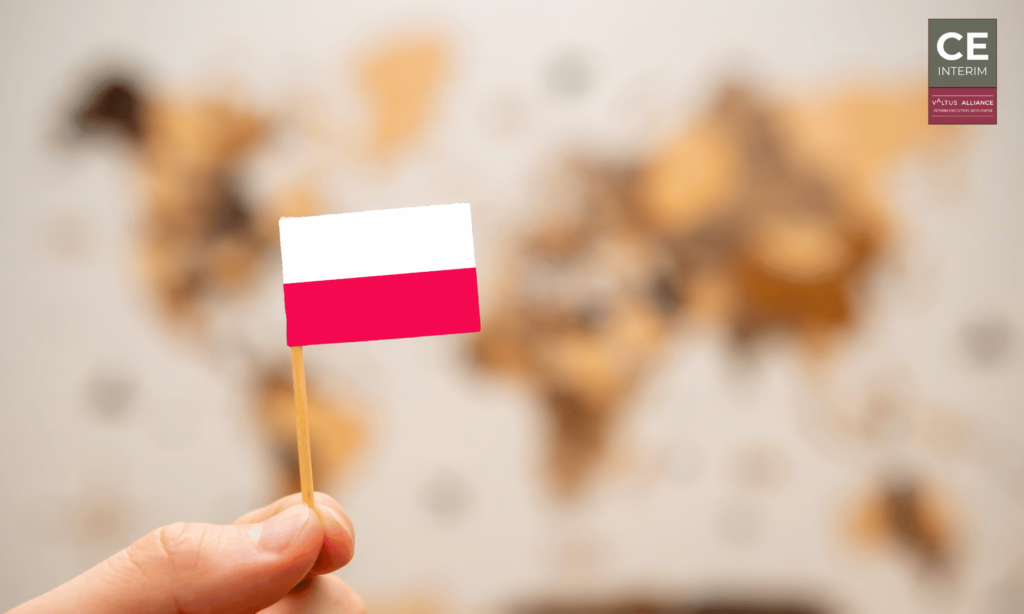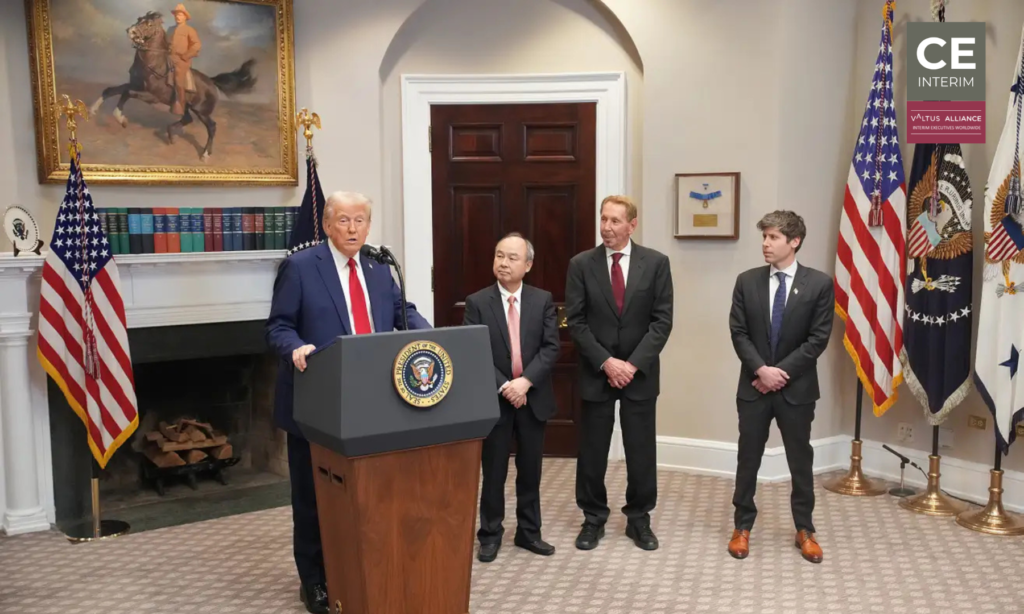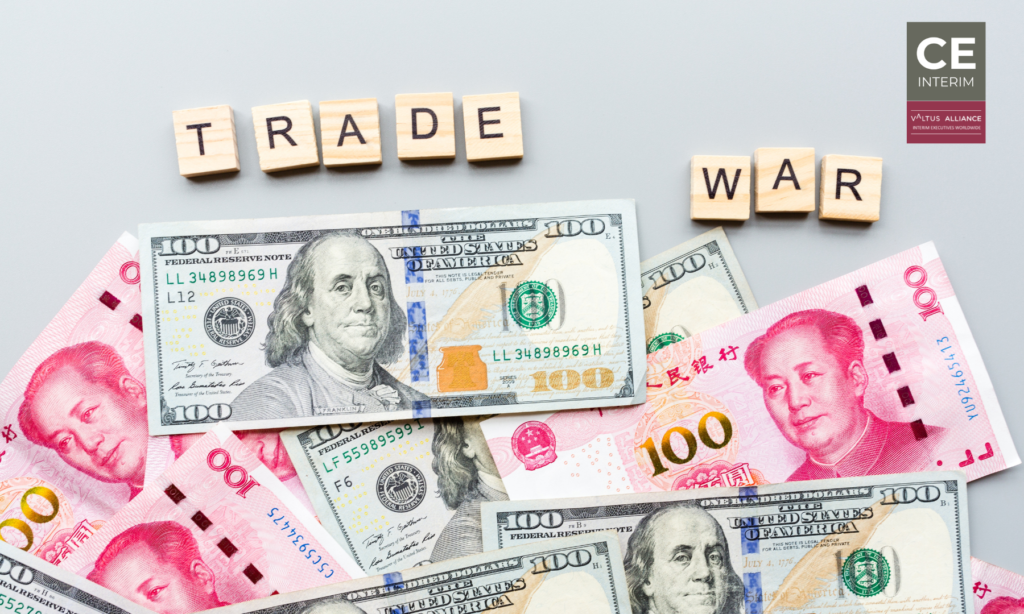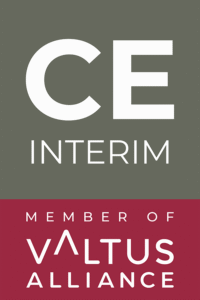Hlavné dôvody, prečo sa globálne firmy presťahujú do Poľska v roku 2025

Poľsko je najlepšou voľbou pre presťahovanie do Poľska v roku 2025, pretože ponúka hospodársky rast, špičkové talenty a politiky priaznivé pre podnikanie.
Prečo je Poľsko trhom #1 pre úspešné fúzie a akvizície

Poľsko je najlepší trh pre úspešné fúzie a akvizície, ktorý ponúka silný rast, špičkové talenty a bezproblémovú integráciu po fúzii.
$500B Iniciatíva Hviezdna brána: Výzvy pre európsky priemysel

Preskúmajte, ako iniciatíva $500B Stargate mení globálnu AI, jej výzvy pre európsky priemysel a stratégie na udržanie konkurencieschopnosti.
Reakcia na Trumpove clá: Plán hry Európy

Prečítajte si, ako Európa reaguje na Trumpove clá pomocou inovatívnych stratégií, diverzifikácie trhu a odolných obchodných politík.
Európa pod vplyvom Trumpovej obchodnej politiky: Kľúčové vplyvy

Analyzujte vplyv Trumpovej obchodnej politiky na európske podniky a získajte odborné poznatky o minulých, súčasných a budúcich vplyvoch.
Digitálna budúcnosť Európy po Trumpovi: Prečo je to nevyhnutné

Pochopte digitálnu budúcnosť Európy po nástupe Trumpa a prečo je prijatie inovácií, umelej inteligencie a technologického pokroku nevyhnutné pre globálnu konkurencieschopnosť.
Prečo európske firmy presúvajú výrobu do Mexika

Európske firmy presúvajú výrobu do Mexika kvôli úspore nákladov, obchodným výhodám a blízkosti USA.
Priemyselné stimuly v Saudskej Arábii: Čo potrebujete vedieť

Získajte kľúčové informácie o priemyselných stimuloch v Saudskej Arábii a o tom, ako podporujú investície a rast podnikania v regióne
Diverzifikácia hospodárstva v Saudskej Arábii: Odvetvia, ktoré treba sledovať

Ponorte sa do kľúčových odvetví, ktoré sú hnacou silou diverzifikácie hospodárstva v Saudskej Arábii, a objavte nové príležitosti na rast.
Program regionálneho ústredia Saudskej Arábie: Podnikateľská brána

Pochopte, ako program regionálneho ústredia Saudskej Arábie slúži ako brána pre podniky na prístup na lukratívne regionálne trhy.


